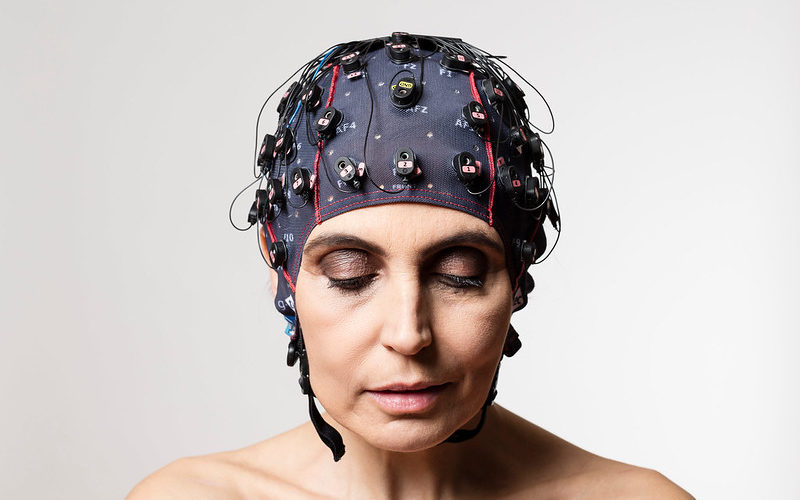Neurofeedback: When the brain gives us feedback on how we feel

Mental health conditions such as depression and anxiety feature high up in the World Health Organisation’s Global Burden of Disease list[1]. While the symptoms of these disorders differ, both are rooted in emotion regulation difficulties associated with either inadequate (depression) or excessive (anxiety) activity in specific brain areas.
When diagnosed with depression or anxiety, patients are presented with two well-known options: pharmacological or psychological treatment. However, both strategies have considerable limitations including side effects, questionable effectiveness, and patients who are completely treatment-resistant [2] [3]. But in the last decade, researchers have been suggesting a different approach — asking the brain itself for feedback about how the patient feels.
This technique, called electroencephalography (EEG) neurofeedback (or biofeedback), is a way of training the patient to control their brain activity. In practice, patients complete a simple computer task while their brain signals are recorded. These signals are then communicated back to the patient through a video, picture, or a colour. For example, high brain activity could translate into a smiley face and low activity would show a frown in depressed individuals. Having this brain feedback, patients can take control and begin adjusting their brain activity until they get the rewarding smiley face, resulting in changes in how they feel. The main mechanism underlying this process is conditioning the brain to respond to rewards or punishments in the form of the stimuli presented on the screen[4]. This method has been showing positive results, effectively relieving the symptoms of depression[5] and anxiety[6].
Depression and anxiety are among the less obvious but no less burdensome neurological complications of COVID-19[7]. A recent study published in July 2022 demonstrated that five neurofeedback training sessions relieved the symptoms of post-COVID-19 depression and anxiety with the effects lasting for one month [8]. Such findings could bring new hope for those fighting difficult-to-treat long COVID symptoms.
Being able to modify the activity of one’s brain could be one of our most sophisticated complimentary treatments yet, addressing the limitations of more conventional strategies. With further clinical studies, using our brain’s feedback in therapy could become the new normal.
[1] https://www.tandfonline.com/doi/full/10.31887/DCNS.2014.16.1/dlinden
[2] https://www.tandfonline.com/doi/full/10.31887/DCNS.2014.16.1/dlinden
[3] https://www.mdpi.com/1660-4601/16/22/4394
[4] https://www.youtube.com/watch?v=GbZBdArt7Pc
[5] https://www.tandfonline.com/doi/full/10.31887/DCNS.2014.16.1/dlinden
[6] https://link.springer.com/article/10.1007/s11571-021-09732-8#ref-CR64
[7] https://journals.plos.org/plosone/article?id=10.1371/journal.pone.0271350
[8] https://journals.plos.org/plosone/article?id=10.1371/journal.pone.0271350
Edited by Hazel Imrie
Copy-edited by Rachel Shannon







